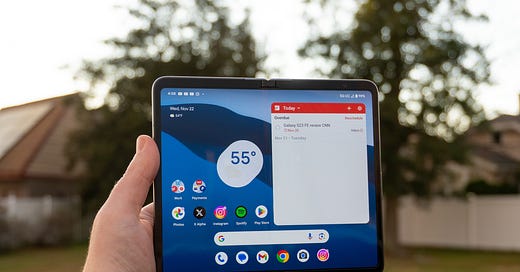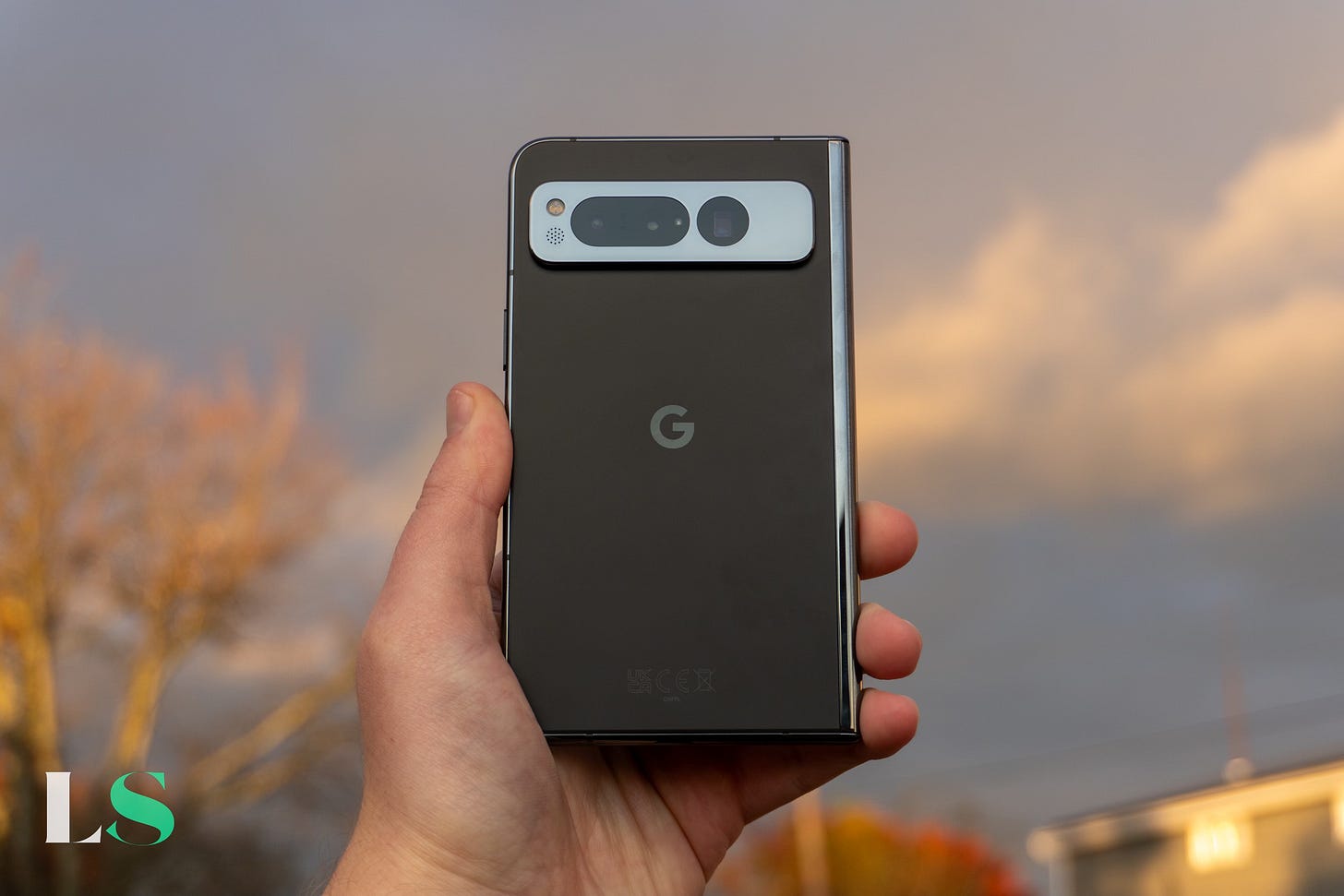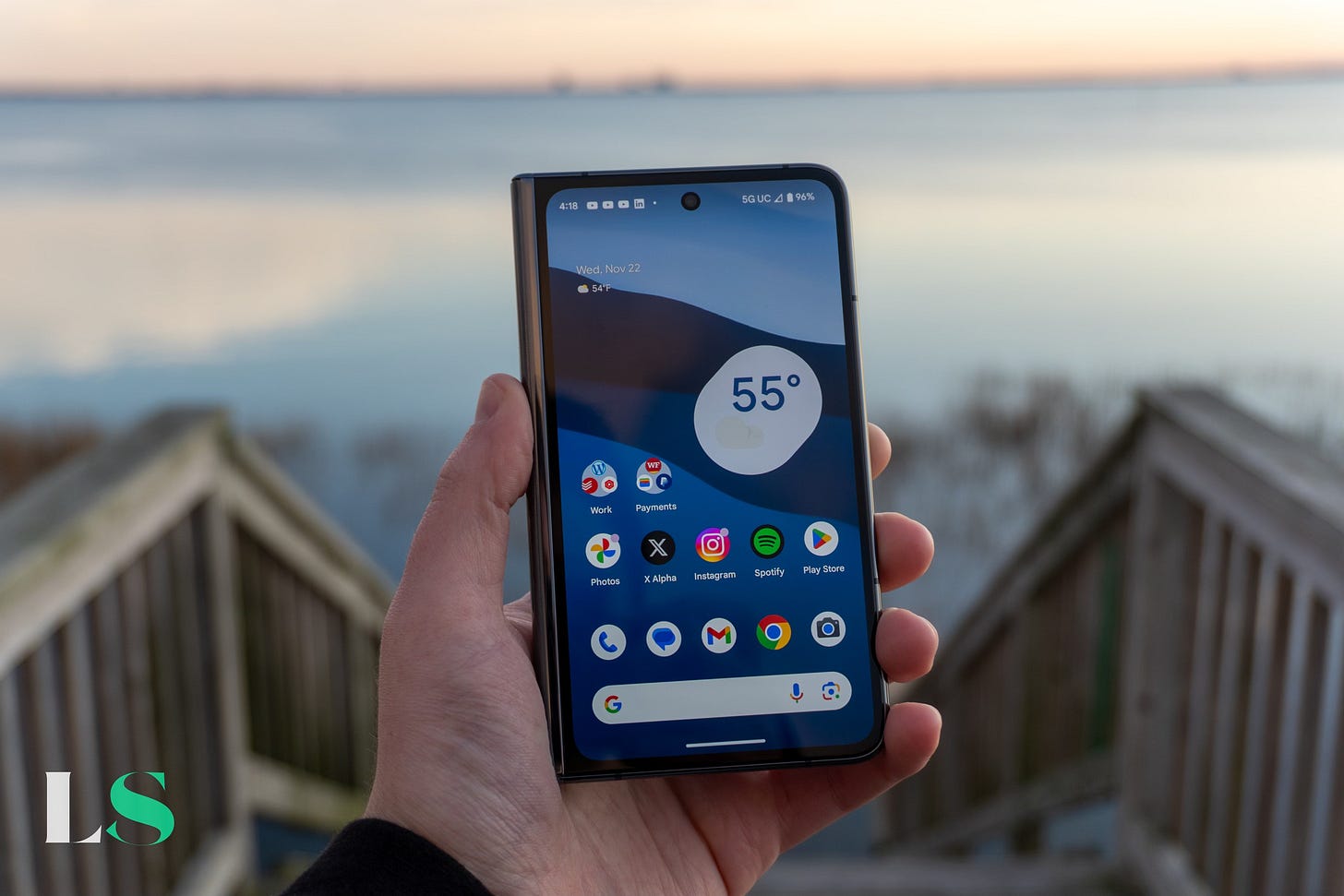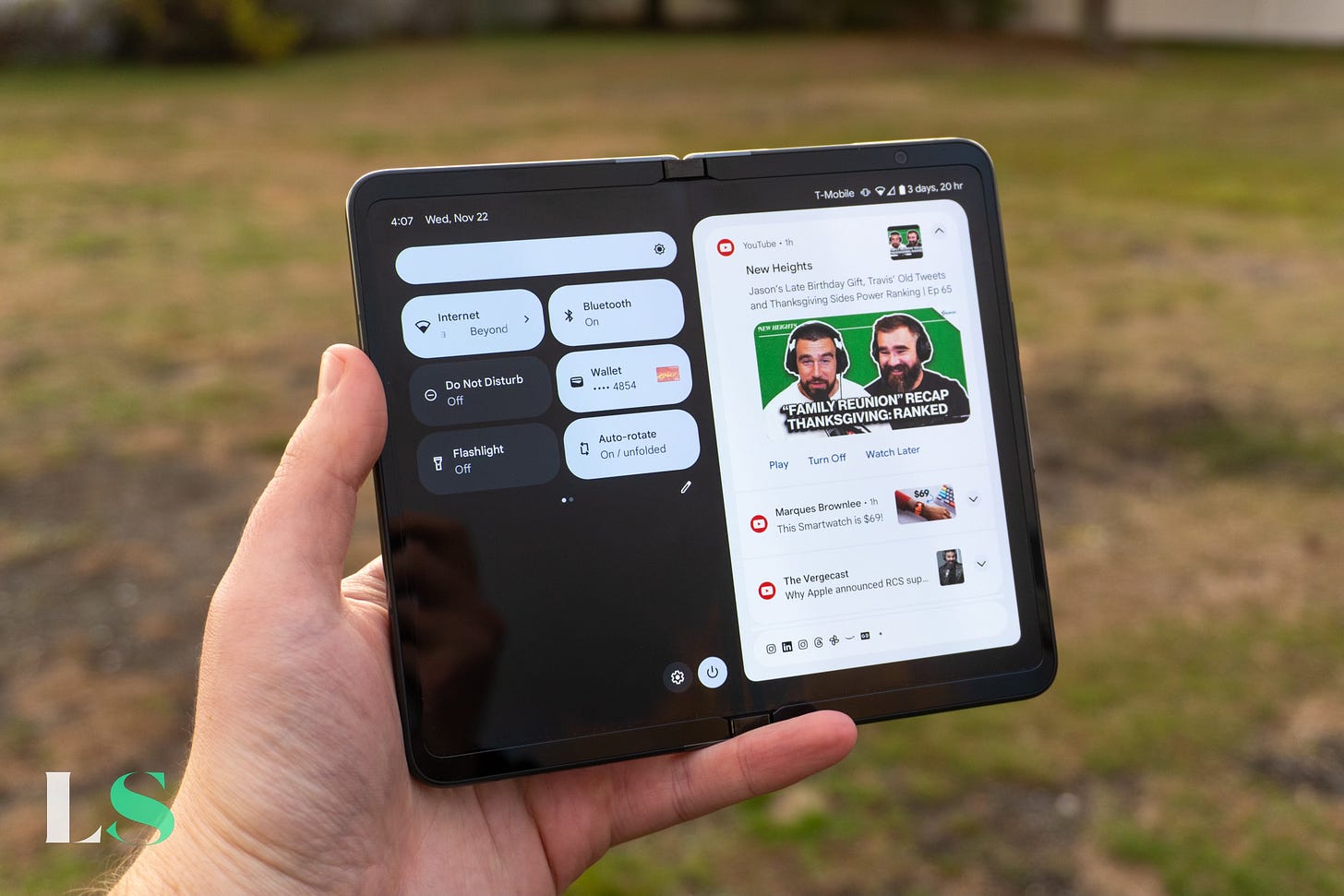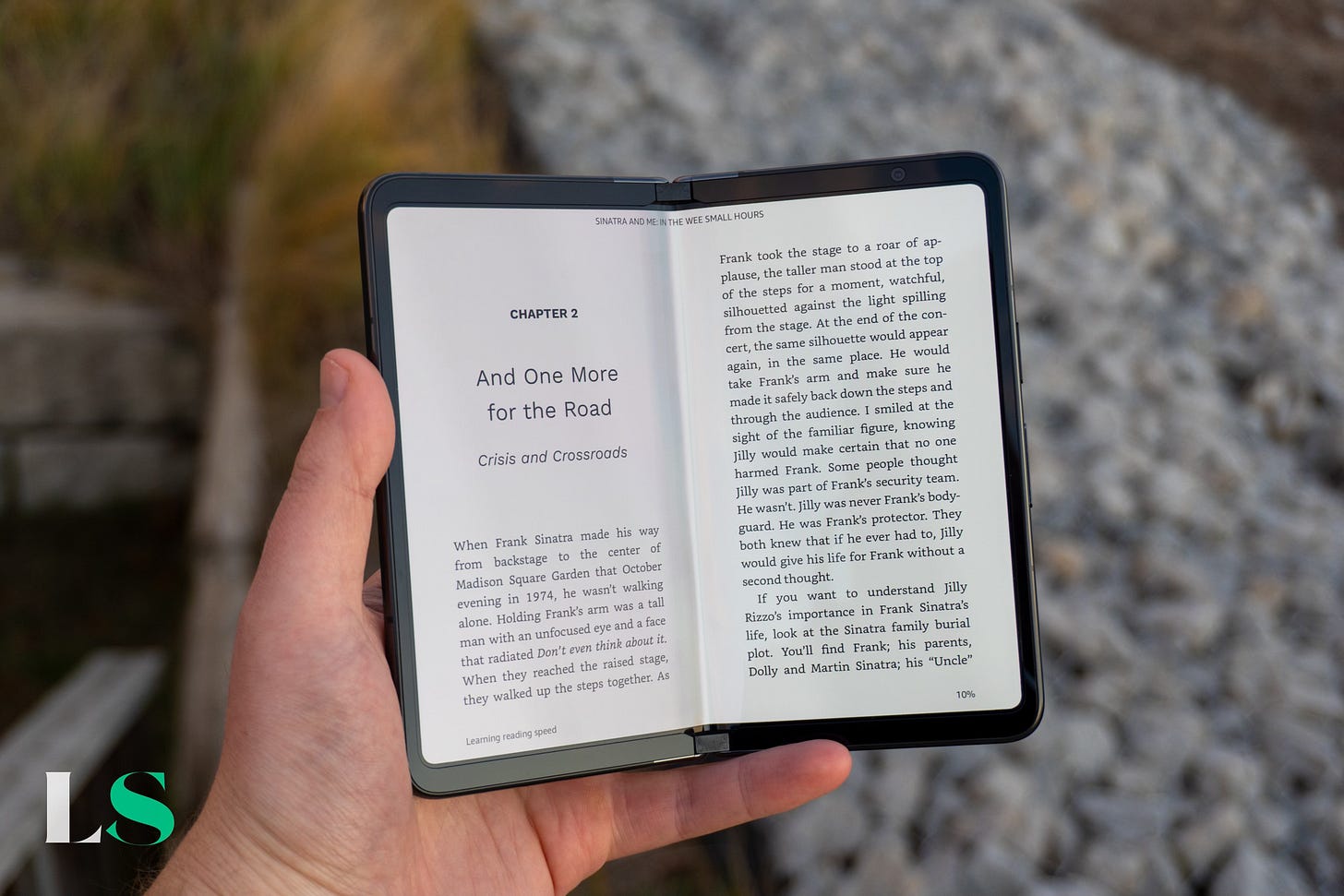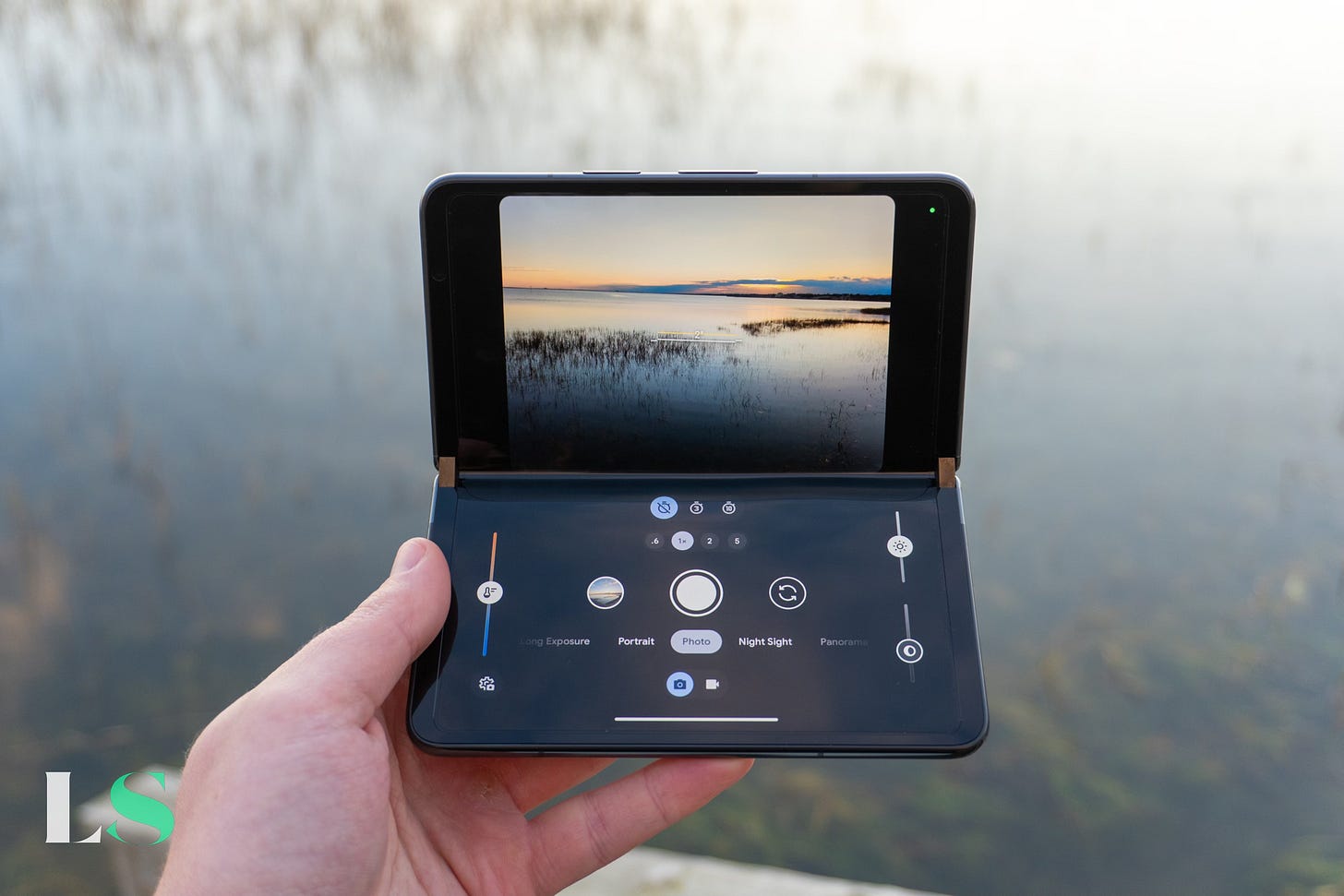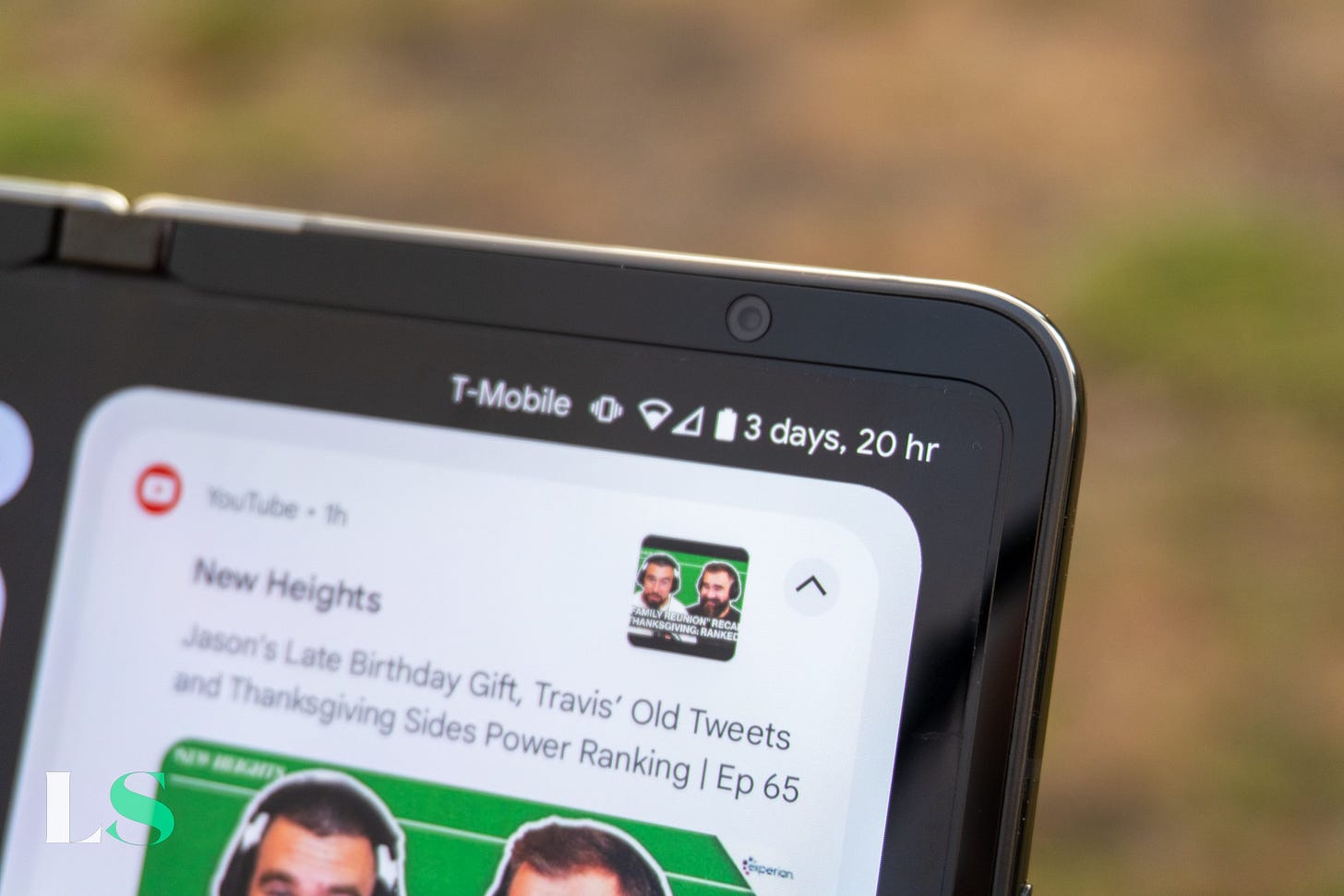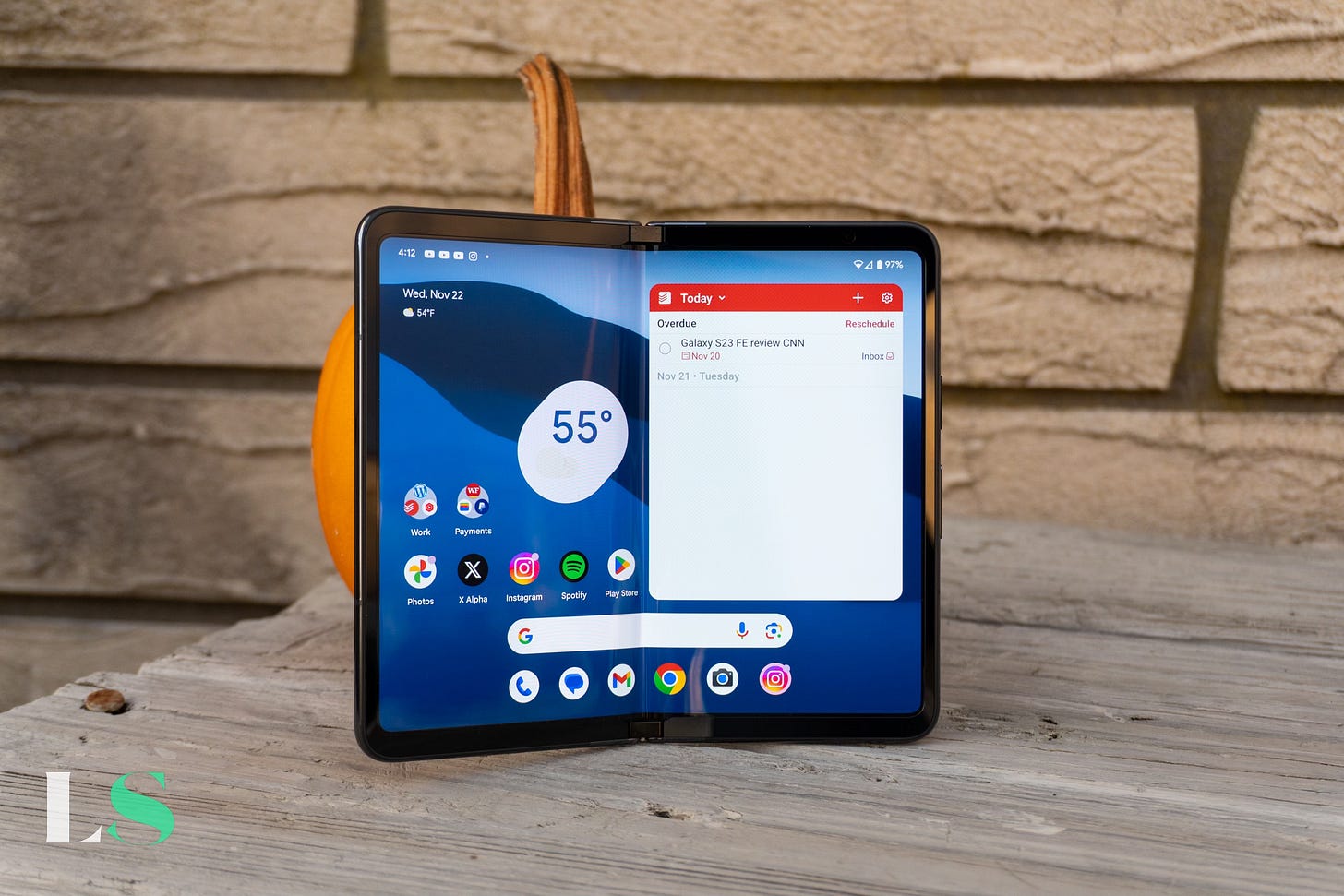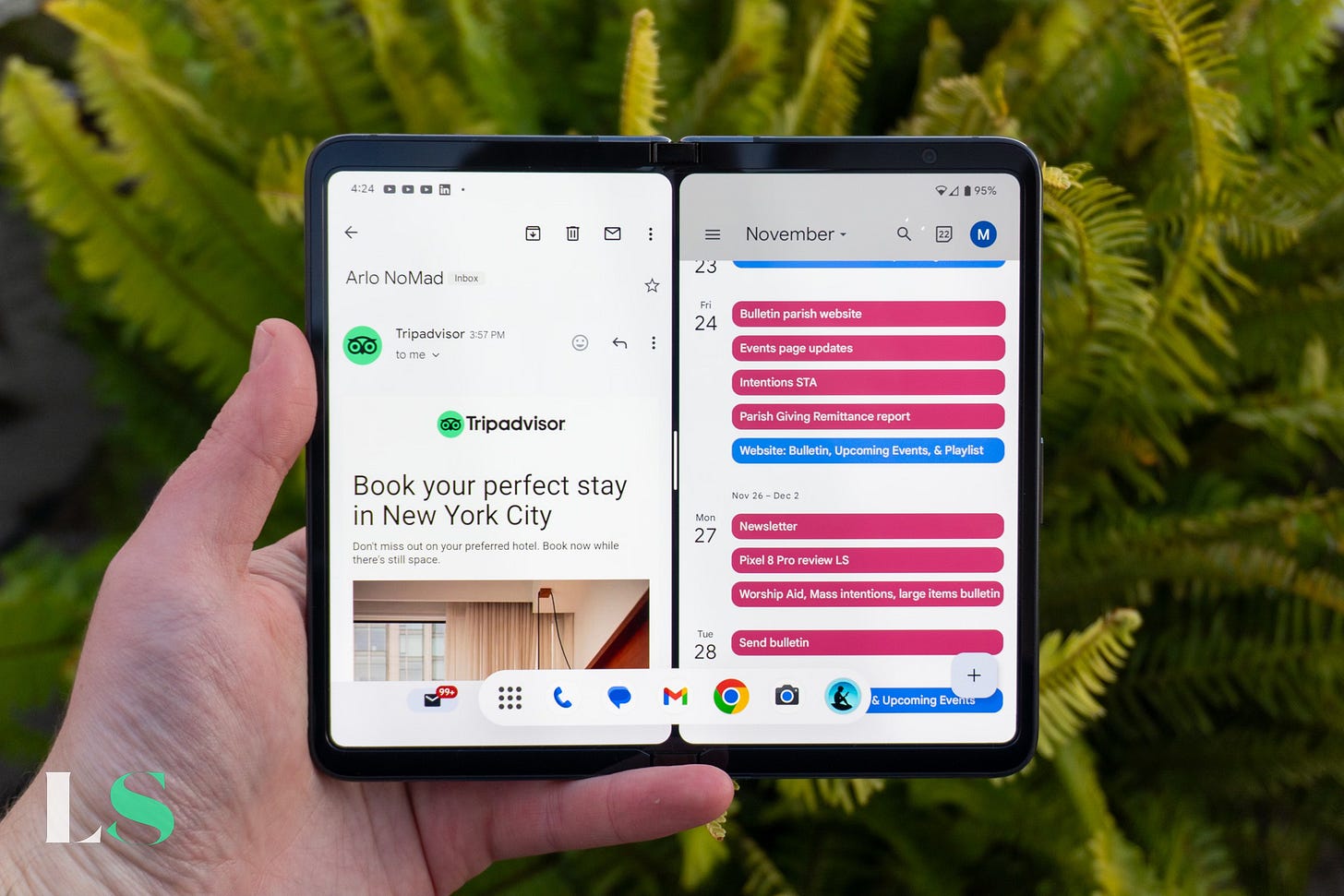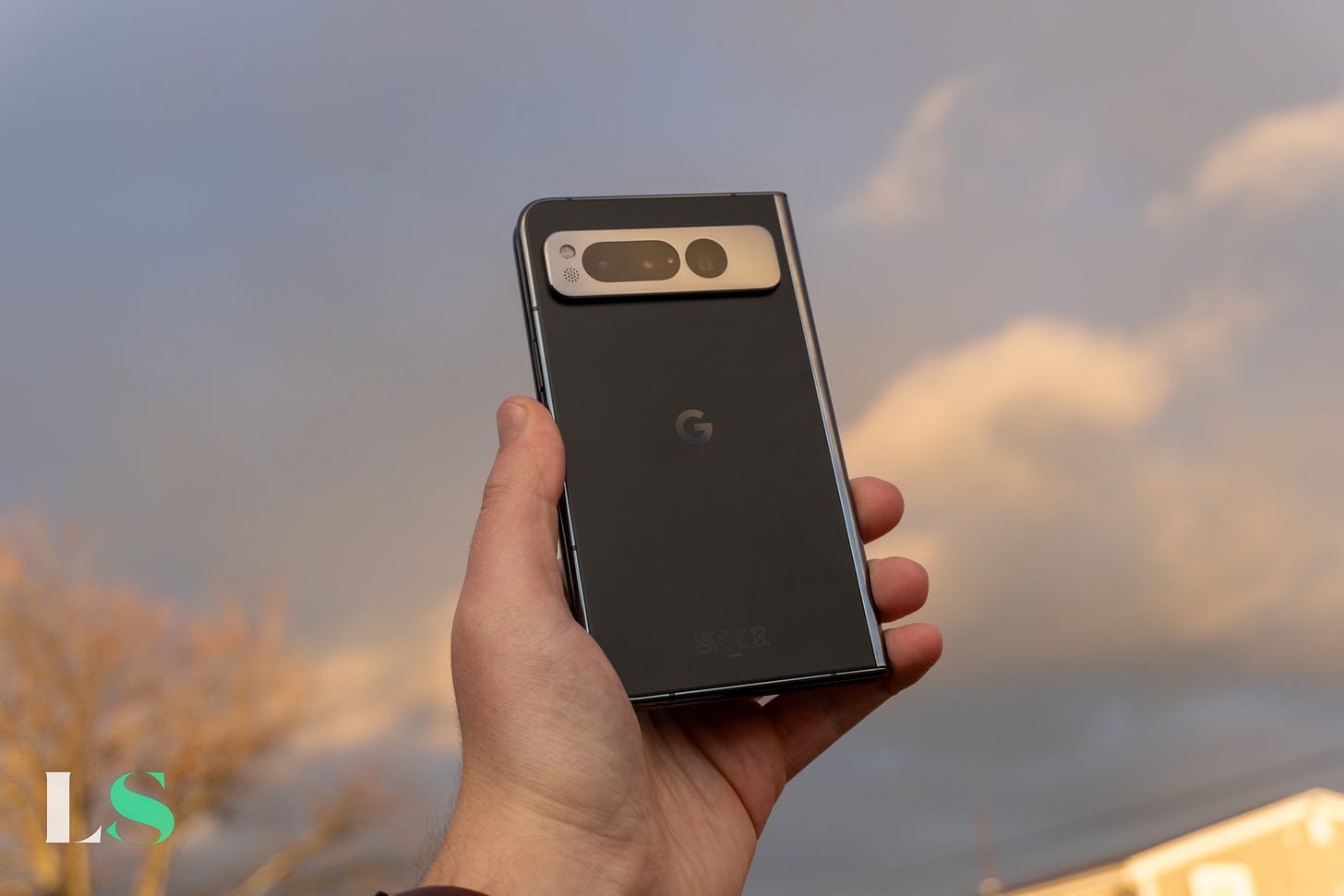I haven’t felt this gitty using a smartphone in a long time.
The Pixel Fold, Google’s very first in-house entry into the folding phone landscape, is a knock-out. I’m not afraid to spoil this entire review up front: I love this phone way more than I thought I would. I’ve been waiting years for Google to release a foldable, and now that they have, I can’t stop smiling.
Everything about the Pixel Fold feels like a delight to behold. From the hardware and its size to the software and its fluidity, Google did so much right with the Pixel Fold that it’s quickly become my favorite phone of the year, at least so far.
For $1,799 (the same price as Samsung’s Galaxy Z Fold 5), you get a phone that feels like a digital notepad when it’s closed and a full-fledged tablet when it’s open. You get Pixel-quality cameras, which are the best I’ve ever tested on a foldable. You get Google’s software experience that’s far more stable than you’d think. And, you get all the same smarts as the other Pixel phones, including Call Screen and Magic Eraser.
It’s my favorite Pixel phone to date. And in classic Pixel fashion, no, it’s by no means perfect. Plus, I hesitate to recommend it to most people, mostly because it’s a first-gen product.
But damn, is it good.
The Correct Foldable Form Factor™ has arrived
I have the Pixel Fold on my desk right next to my Galaxy Z Fold 5 and OnePlus Open, and Google’s phone makes me want to ignore the others at all costs. Google has nailed the design of what a mini-tablet-foldable should look like: it has a short and stubby outer screen, with a tablet-like internal screen.
I understand why people have decided the Open offers the best cover screen on the market. It slots firmly between the Pixel Fold and Z Fold 5 with a wider aspect ratio that isn’t too narrow to feel unnatural. In fact, it’s the most natural feeling of the three. But on the Pixel Fold, there’s just something about its passport-like outer screen that grabs my attention and makes me want to use it. It’s easy to use with one hand, it’s small and compact by today’s standards, and apps fit perfectly fine on it.
The inner display is also my favorite out of the foldables I’ve used. I’m in the minority when I say that when I open my folding phone, I expect it to be in landscape mode, not portrait. Both the Z Fold 5 and Open assume you want apps oriented in portrait mode when you open them up, whereas Google’s horizontal aspect ratio makes for a miniature tablet in your pocket, which you’d obviously want in landscape when you open it. It feels much more natural to me, and I don’t think I’m alone when I say that.
A Pixel by the look and feel
There’s no denying that this phone, despite it offering Google’s most bleeding-edge form factor yet, is still very Pixel-y. You’ve got that huge camera bump on the back that’s an instant indicator this is a Pixel phone, as well as rounded edges and corners which give it a familiar feel to other phones in Google’s lineup, including the Pixel 8.
It’s a pretty hefty device at 283 grams, but it’s also razor-thin at 5.8mm when open. I know I just went on a rampage complaining about how much I don’t like big heavy phones, but I honestly don’t mind the weight of the Pixel Fold. It adds a level of premiumness that I think it needs; many people associate the Pixel with a price tag of around $700, so you have to make the $1,800 one feel like it’s $1,800, and they definitely did that. (I will say, if you want everyone to know you have an $1,800 phone without opening it up, don’t get the Obsidian one: Porcelain is a much flashier color.)
One more note about the design: Google gave it an IPX8 rating, which protects it from water submersion at up to one meter. However, there’s no dust resistance, which means this is still a lousy phone to take somewhere like the beach.
Nice screens, smooth performance
The 5.8-inch OLED cover screen, with its 2092x1080 resolution and 120Hz refresh rate, is beautiful. It can reach up to 1,550 nits of brightness, it’s covered in Gorilla Glass Victus, and the 17.4:9 aspect ratio gives you that excellent reachability like I was talking about. I love this screen to death, it’s basically perfect for a folding phone.
Similarly, the 7.6-inch OLED folding screen is also fantastic. It boasts a 2208x1840 resolution, a 120Hz refresh rate, and 1,450 nits of peak brightness. It’s plenty colorful with rich contrasts, and the 6:5 aspect ratio gives you a great canvas for watching videos and movies (or just interacting with full-screen apps).
I said it before and I’ll say it again: this is my favorite combination of displays for a folding phone. Google kept the front screen perfectly usable while making the folding screen excellent for content consumption. I have yet to use another foldable with this great balance of form and function.
You’ll find Google’s Tensor G2 processor inside the Pixel Fold, which was used in last year’s Pixel 7 series as well as the Pixel 7a. I’ve used those devices in the past, and none of them performed as smoothly as the Fold did in my testing. I have no clue what Google did to get the G2 to run so smoothly (software optimizations?), but whatever it is, it paid off—this thing runs like a dream.
Paired with 12GB of RAM, the Pixel Fold can handle any task you throw at it, whether it be running a couple of apps at once or playing heavy games like Asphalt 9 and Call of Duty. I will say, after using the Pixel 8 Pro for a while, the Pixel Fold doesn’t feel quite as snappy (the 8 Pro has the fancy new Tensor G3, after all), but it’s still plenty powerful for whatever you wanna do on it.
It’s also worth mentioning that the Tensor lineup is still behind the competition when it comes to raw performance. While it excels at processing all of the AI stuff intertwined with the Pixel’s software experience, it’s not the supercar that the A17 Bionic or Snapdragon 8 Gen 2 is. That being said, it’s a fine chip that serves up smooth performance, and at the end of the day, isn’t that all you need?
Pixel cameras… that normally cost $500
Google did two distinct things with the cameras on the Pixel Fold: they promised to deliver the best cameras on a foldable, and they gave it worse camera hardware than what you’d find on last year’s Pixel 7 Pro. While that sounds contradictory, the story with folding phones has been that their form factors and internal specs are great, while the cameras take a quality hit to keep costs down. Fortunately, that trend started to shift in a positive direction this year, and the Pixel Fold helps to drive it.
Granted, the bar is pretty low for any company to come in and claim they have the best camera on a foldable, but it’s easy to assume Google is telling the truth. Time and time again, the company has impressed me with the quality of photos and videos its cameras can pull off, no matter the price range of the Pixel you’re using.
In the case of the Pixel Fold, we’re looking at a 48MP f/1.7 main lens, a 10.8MP f/2.2 ultra-wide with a 121.1-degree field of view, and a 10.8MP f/3.05 telephoto lens with 5x optical zoom. While that looks good on paper, it’s important to note that these sensors are very similar to the ones on another Pixel.
No, not the Pixel 7 Pro or fancier Pixel 8 Pro. On the contrary, they have similar sizes and specs as the Pixel 7a, a phone that costs less than a third of the price of the Pixel Fold. That isn’t to say they’re the exact same sensors, mind you; the Pixel Fold makes different choices for megapixel count and straps an extra telephoto lens to the back. But in terms of how much detail and light the sensors can pick up, the Pixel Fold and Pixel 7a are very similar.
That’s why every photo you take with the Pixel Fold is a beat behind the best Pixel phones you can get. No photo or video will offend you with poor quality, of course, but it’s clear that these photos aren’t as sharp or vivid as they would be if taken on a 7 Pro or 8 Pro.
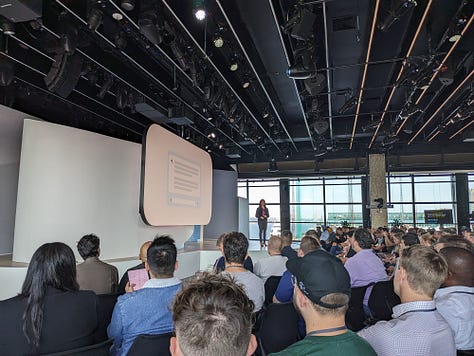
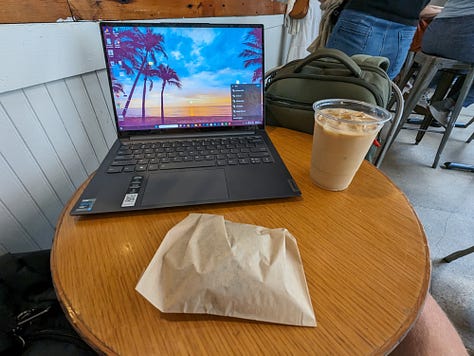
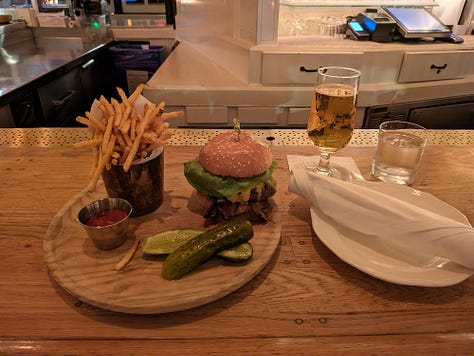
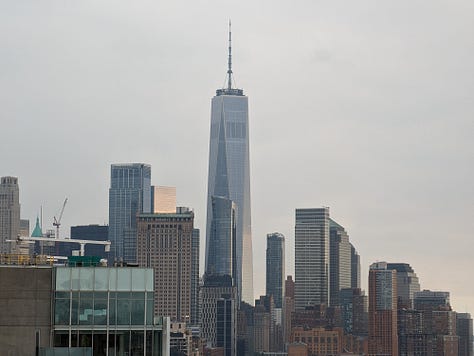
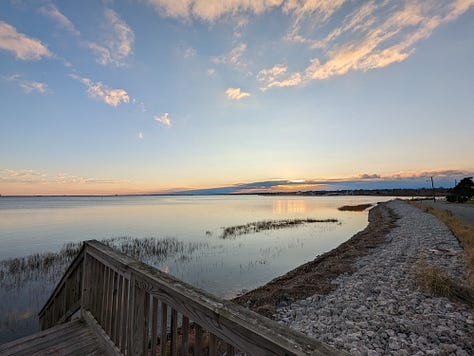
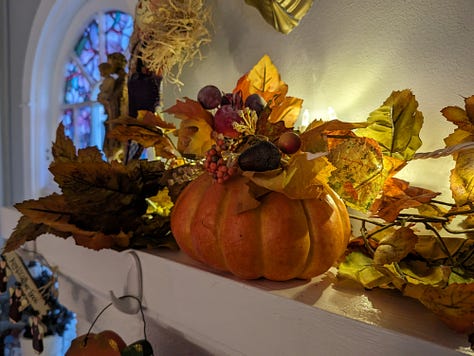
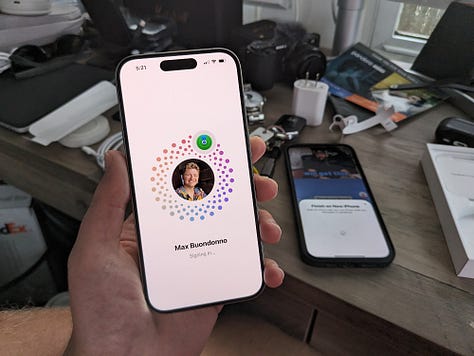
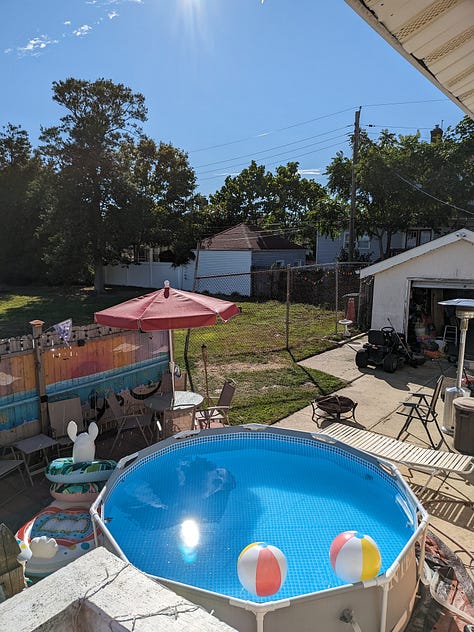
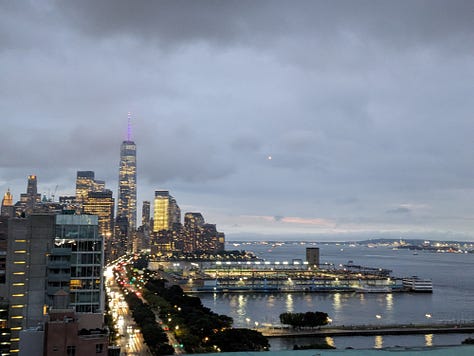
On the other hand, compared to other folding phones, the Pixel Fold is top-notch. I vastly prefer photos taken on the Pixel Fold over the Galaxy Z Fold 5, and I can regularly produce results similar to—if not better than—the OnePlus Open. I’ll admit, OnePlus has Google beat in terms of hardware capabilities (more megapixels, greater zoom on the telephoto), but OnePlus doesn’t have Google’s photo processing pipeline, which can help tremendously in challenging lighting conditions.
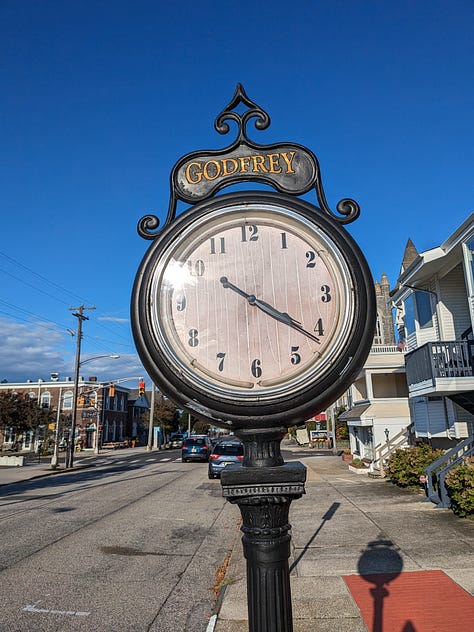
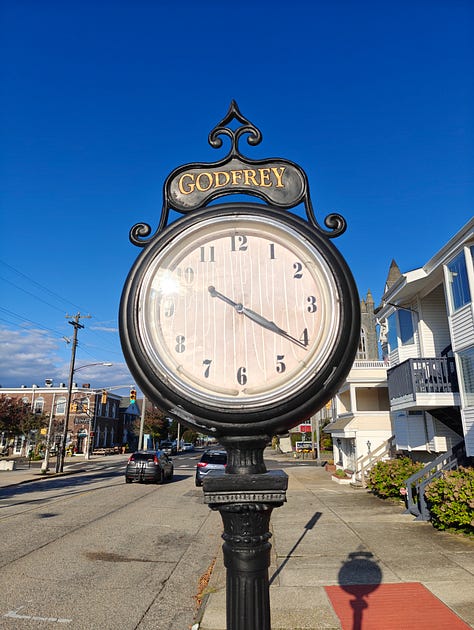
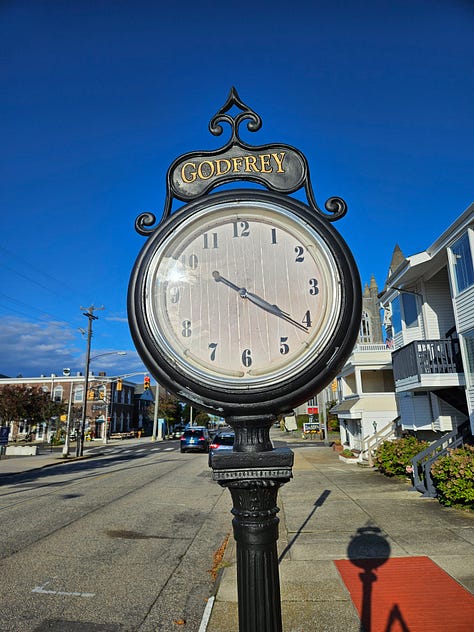

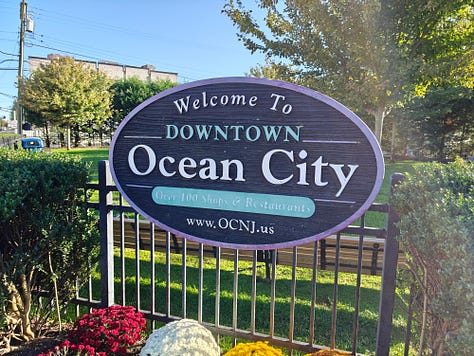

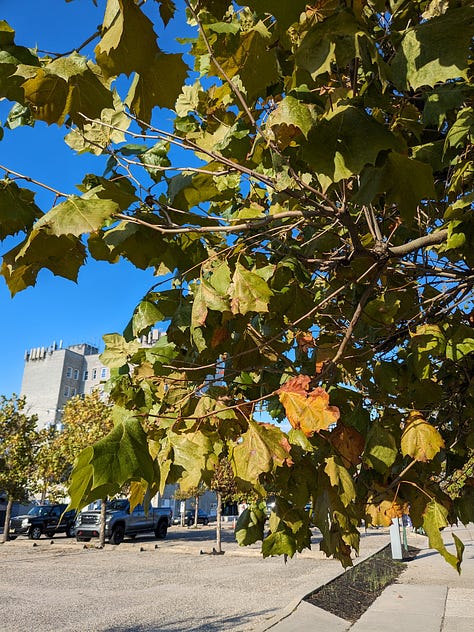

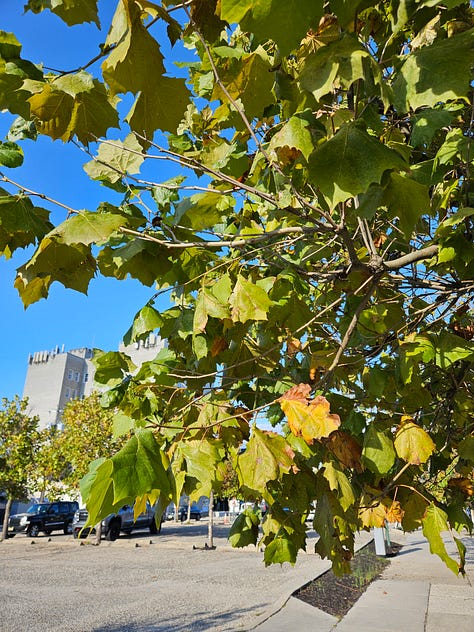
Overall, the cameras on the Pixel Fold are perfectly fine. I wouldn’t call them $1,800 good, but they’re far from the worst aspect of this phone. Video quality could be better, though, and I wish the main sensor was at least as good as what the Pixel 7 Pro has. But in the end, for a folding phone (and it being Google’s first foldable at that), these cameras aren’t too shabby.
Just don’t expect to be blown away with your photos or videos like you would with an iPhone 15 Pro or Galaxy S23 Ultra.
Some final notes:
The Pixel Camera app remains largely unchanged compared to other Pixel phones, save for the ability to prop your device up half way to use it like a tripod and flip the viewfinder to the front screen to take high-quality selfies.
I really wish this phone had the Pixel 8 Pro’s manual controls—it would be wildly enjoyable to dial in the precise settings you’d like on such a large screen.
The selfie cameras are average at best, so maybe try to take all your selfies with the rear cameras if you care about their quality.
Battery life is pretty good
“What does ‘pretty good’ mean, Max?” I’m glad you asked!
It means I can get through a full day on a charge and… that’s about it. This is definitely not a two-day phone, unless you aren’t taking a lot of pictures or using the inside screen very often. Since the cover display is so spacious, you really don’t need to open the phone for everyday things like inbox management or texting, so you’ll likely have a few days where the phone drops to 50 percent before going to bed.
But on normal days with medium to heavy usage, you’re looking at 10-20 percent at bedtime with the device’s 4,400mAh cell. That was the case for me and my 16-hour days. You’ve got both 30W wired charging and 7.5W wireless charging for juicing back up which, admittedly, could be much faster given the price of this thing. OnePlus has 67W fast charging on the Open. Just sayin’.
If I had to rank them, I’d say the OnePlus Open can last the longest on a full charge, then the Pixel Fold, then the Galaxy Z Fold 5.
Is this the best version of Android ever? Yes
I stand by my decision to deem Google’s take on Android, complete with the Pixel experience on top, as the best version of Android on the market. There are things to appreciate in skins like One UI, OxygenOS, and even Motorola’s stock-like experience, but nothing can top the utter smoothness and friendliness of the Pixel’s software. It’s too damn good.
From Now Playing to Call Screen, Magic Eraser to Photo Unblur, the Pixel Launcher to the Recorder app, Google’s Pixel software experience is simply unmatched. I have yet to find another Android phone with this much charm, silkiness, and inviting feeling. When I do, I’ll let you know, but it’ll probably just be another Pixel phone.
The Pixel Fold was recently updated with Android 14 which includes a handful of nice features. I haven’t noticed much of a difference compared to Android 13, but what I have noticed is that the phone remains virtually bug-free. Typically, with any new Pixel phone, there’s a series of bugs that come with it. Whether it affects the stability of apps, the display, power, or other areas of the device, Google hasn’t been able to escape a buggy software experience at their phones’ launch.
Fortunately, the Pixel Fold was exempt from this problem when it went on sale this past summer, and it remains true today. Like the Pixel 8 and 8 Pro, you’d be hard-pressed to find any area of the Pixel Fold that doesn’t feel refined stable. It’s the best experience I’ve ever had on a Pixel device to date, which is saying something given the adaptations needed for the quirky hardware.
Oh, one more thing: Google says the Pixel Fold will get major software upgrades until 2026 (think Android 17), while security patches won’t stop until 2028. That’s not the same seven years of software updates that the Pixel 8 series is getting, but it’s still pretty good in the world of Android phones.
Is it good for multitasking? No
If I had to pick on the Pixel Fold’s software in a single area, it would be multitasking.
Google lets you run two apps side by side and pull the app dock up from the bottom to open something else, but that’s it. You can’t run three apps at once, open apps in floating windows, or divvy up the split-screen view in any other way. You’re only allowed to run two app side-by-side, and if that isn’t enough for you, too bad.
Granted, I think this will be enough for most people. If you aren’t a huge smartphone multitasker but want to enjoy the big screen that comes with a foldable, you might be fine with the limiting multitasking experience on the Pixel Fold. But if you really want to take advantage of its big display, only having the option to run two apps next to each other seems kind of lame.
It seems really lame when you consider what the OnePlus Open is capable of, which I think makes it the best foldable to buy for multitasking. OnePlus did a great job at integrating the ability to search for files quickly, run three apps side-by-side, use floating windows, and more on its device. It’s far more capable than the Pixel Fold, which will appeal to hardcore power users who might be searching for something more than just another slab-style smartphone.
Should you buy a Pixel Fold?
The Pixel Fold is a great first attempt at a foldable from Google, and it’s a stand-out thanks to its passport form factor, excellent software and performance, solid cameras, and decent battery life.
You may not like the weight of it, you might want better multitasking tools, or you could hate the chunky bezels around the display. That’s all valid criticism, and I can see how some folks might not care for the Pixel Fold at all since other foldables on the market fix a lot of its shortcomings.
But as Google’s first foldable, the Pixel Fold is a smash hit, and it makes me even more excited to see where it goes in the future.
If you’d rather wait for Google to refine it over the coming years, I don’t think you should pick it up. It’s a first generation smartphone, and you’d be right to feel weary about that. But if you like living on the edge or have been on the fence about buying one and can live with its quirks and quibbles, I think you should go for it. It’s the most delightful foldable you can buy, and every Pixel fan will find something to enjoy.
A special Black Friday note
If you want to pick up a Pixel Fold for someone this holiday season, it’s on sale for Black Friday for $1,399, $400 off. That makes it an even better value and the folding phone I’ve recommend over all the others. I included an affiliate link below just in case you wanna pick it up. :)
Buy Google Pixel Fold


